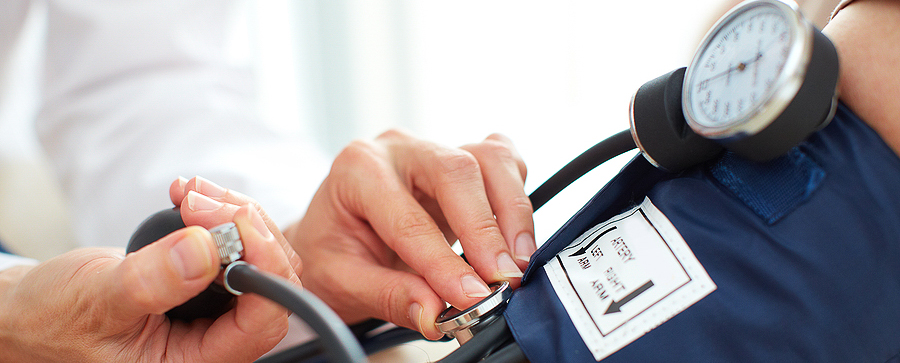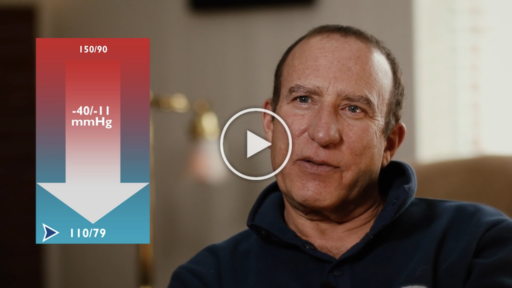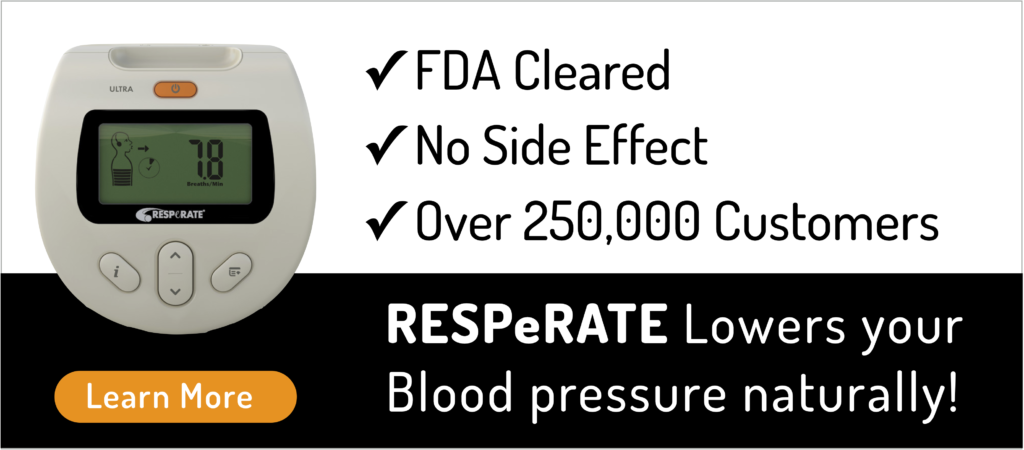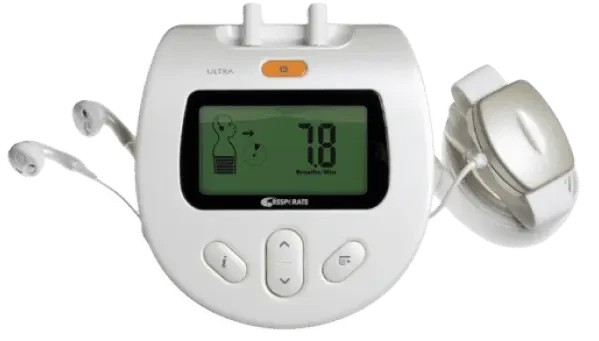Blood Pressure Chart
One of the questions I frequently get asked is, “What is a normal blood pressure?”. This a great question but normal is different for gender and age. So one cannot just assign a number that will cover everyone. In the recent years guidelines have changed. lets look at the charts below before delving into the article.
The blood pressure chart used to look like this:
Under the new blood pressure guidelines, the blood pressure chart now looks like this:
 NOTE: Under these new guidelines, normal blood pressure has not changed, it is still below 120/80 mmHg. Only the higher ranges have changed to provide earlier intervention, with the goal of reducing the incidence of heart disease.
NOTE: Under these new guidelines, normal blood pressure has not changed, it is still below 120/80 mmHg. Only the higher ranges have changed to provide earlier intervention, with the goal of reducing the incidence of heart disease.
False high blood pressure reading
Elevated blood pressure is difficult to determine from one single reading. For instance, many people get what’s called ‘white coat hypertension.’ This is anxiety produced by the thought of visiting the doctor’s office.
Sudden or increased anxiety can temporarily increase blood pressure levels, which can give an inaccurate reading. Therefore, your physician may recommend you have regular blood pressure checks or use a home blood pressure monitor to record several readings.
How to take blood pressure reading at home
- Check your device’s accuracy. Before using a monitor for the first time, have your doctor check its accuracy against the office model. Also, have your doctor watch you use the device to see if you’re doing it properly. If you drop the device or damage it, have it checked before using it again.
- Measure your blood pressure twice daily. The first measurement should be in the morning before eating or taking any medications, and the second in the evening. Each time you measure, take two or three readings to make sure your results are accurate. Your doctor might recommend taking your blood pressure at the same times each day.
- Don’t measure your blood pressure right after you wake up. You can prepare for the day, but don’t eat breakfast or take medications before measuring your blood pressure. If you exercise after waking, take your blood pressure before exercising.
- Avoid food, caffeine, tobacco, and alcohol for 30 minutes before taking a measurement. Also, go to the toilet first. A full bladder can increase blood pressure slightly.
- Sit quietly before and during monitoring. When you’re ready to take your blood pressure, sit for five minutes in a comfortable position with your legs and ankles uncrossed and your back supported against a chair. Try to be calm and not think about stressful things. Don’t talk while taking your blood pressure.
- Make sure your arm is positioned properly. Always use the same arm when taking your blood pressure. Rest your arm, raised to the level of your heart, on a table, desk or chair arm. You might need to place a pillow or cushion under your arm to elevate it high enough.
- Place the cuff on bare skin, not over clothing. Rolling up a sleeve until it tightens around your arm can result in an inaccurate reading, so you may need to slip your arm out of the sleeve.
- Take a repeat reading. Wait for one to three minutes after the first reading, and then take another to check accuracy. If your monitor doesn’t automatically log blood pressure readings or heart rates, write them down.
Blood pressure varies throughout the day, and readings are often a little higher in the morning. Also, your blood pressure might be slightly lower at home than in a medical office, typically by about five points.
Contact your doctor if you have any unusual or persistent increases in your blood pressure. Ask your doctor what reading should prompt an immediate call to the medical office.
Blood pressure by age
Average readings tend to be lower at a younger age and increase with age. During late adolescence years (around 17-19 yrs old) doctor typically begins to follow the standard adult guidelines for high blood pressure.
As we age, our bodies become more susceptible and at higher risk of developing high blood pressure.
In normal blood pressure for older adults over 50, increased systolic blood pressure is a major risk factor for heart disease. Systolic blood pressure tends to increase steadily over time due to stiff arteries, a build-up of plaque, and a higher rate of cardiac and vascular disease. This means older adults need to be even more vigilant about monitoring their blood pressure.
According to the National Institute on Aging, males are more likely to have high blood pressure before age 55, while normal blood pressure for women tends to see a rise in after menopause. Women are less likely than men to experience complications associated with high blood pressure
However, regardless of differences in the prevalence and complications of high blood pressure between the sexes, treatment and diagnosis are the same for both men and women.
Normal blood pressure for men and women
Refer to the below chart for Prevalence of hypertension among adults aged 18 and over, by sex and age
Men are at greater risk for cardiovascular and renal disease than are age-matched, pre-menopausal women. Recent studies using the technique of 24-hour ambulatory blood pressure monitoring have shown that blood pressure is higher in men than in women at similar ages.
After menopause, however, blood pressure increases in women to levels even higher than in men. Hormone replacement therapy in most cases does not significantly reduce blood pressure in postmenopausal women, suggesting that the loss of estrogens may not be the only component involved in the higher blood pressure in women after menopause. In contrast, androgens may decrease only slightly, if at all, in postmenopausal women.
Why is normal blood pressure so important?
Maintaining normal blood pressure is essential for heart health. When your blood pressure is high, your heart and arteries can become overloaded.
High blood pressure can accelerate the buildup of plaque on the artery walls (atherosclerosis), clogging blood flow to your heart muscle, putting you at risk of heart attack. It also weakens the walls of arteries in your brain which can cause a stroke.
It can affect arteries to other parts of your body too, such as the eyes, kidneys, and legs. Long-term high blood pressure is known as hypertension and is one of the main risk factors for heart disease.
Further Reading:
Reviewed By
 Dr. Cynthia Thaik, M.D. Harvard-Trained Cardiologist.
Dr. Cynthia Thaik, M.D. Harvard-Trained Cardiologist.

 Eli Ben-Yehuda
Eli Ben-Yehuda 

















 Download Brochure
Download Brochure
Comments